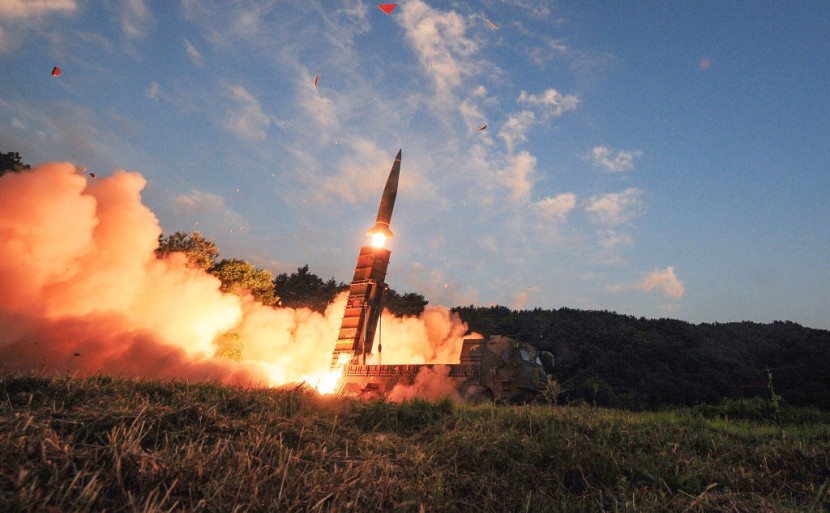
A nuclear-capable intercontinental ballistic missile (ICBM) was put through an unarmed test by the United States Air Force off the coast of the West Coast.
This was done to reaffirm the nation's commitment to maintaining a robust nuclear deterrent. The launch consisted of a Minuteman III intercontinental ballistic missile that was not armed and was fitted with three test re-entry vehicles.
US Air Force Conducts Unarmed ICBM Test to Bolster Nuclear Deterrence
It was carried out at 1:26 a.m. PDT from the Vandenberg Space Force Base in California and traveled 4,200 miles to the Kwajalein Atoll in the Marshall Islands. The ICBM weapon system's precision and dependability were put to the test in the course of this test's intended goal, said The Hill.
The Air Force Global Strike Command issued a statement emphasizing the value of such test launches, which give critical data to ensure that a nuclear deterrent can continue to be maintained safely, securely, and effectively.
The press secretary for the Pentagon, Brigadier General Pat Ryder, highlighted that this test was a typical event arranged years in advance and followed conventional operating procedures. Notably, following the established rules, the United States alerted the Russian government in advance of the test that was going to be conducted.
The United States Air Force emphasized that the test was not a reaction to recent happenings worldwide but rather a continuation of continuing efforts to validate the efficacy of the country's nuclear deterrent. It is essential to highlight that the United States routinely performs checks on its intercontinental weapon systems to guarantee that its missiles are in proper working order.
Throughout its history, the Air Force has carried out more than 300 experiments that are analogous to this one. However, throughout the past 18 months, specific tests have been delayed in order to prevent further escalating tensions with Russia and China.
Because Russia had just recently begun its invasion of Ukraine, the United States Department of Defense (DoD) made it official in April 2022 that they would no longer be conducting a test launch of the Minuteman III missile.
The postponement of that launch had been requested by Defense Secretary Lloyd Austin back in March as a safety measure. In addition, the Defense Department shelved a scheduled test of an intercontinental ballistic missile in August 2022 due to rising tensions with China over Taiwan.
According to CNN, the Minuteman III system is comprised of missiles that are stored in underground silos throughout five Western states. This system is the only land-based component of the United States' nuclear triad. From the Vandenberg Space Force Base, the United States Air Force typically carries out four test launches each and every calendar year.
Nuclear Preparedness and Future Modernization
The most recent test launch was conducted to validate and verify the safety, security, efficacy, and readiness of the nuclear weapon system used by the United States.
The Air Force Global Strike Command emphasized the preparedness of United States nuclear forces and instilled confidence in the nation's nuclear deterrence by highlighting the competence and dedication of the individuals involved in these essential duties.
Per Daily Mail, it is projected that the LG-35A Sentinel will eventually replace the Minuteman III, and it is estimated to reach its full operational capability in the middle of the 2030s. The United States' dedicated intercontinental ballistic missile (ICBM) test squadron is located at Vandenberg Space Force Base, which is also the location of the 576th Flight Test Squadron of the Air Force Global Strike Command.
The press secretary for the Pentagon, Brigadier General Pat Ryder, emphasized that the ICBM test launch program aims to demonstrate the preparedness of US nuclear forces and provide confidence of the lethality and efficacy of the nation's nuclear deterrent. These tests are critical to the upkeep of the strategic security posture that the government maintains.








